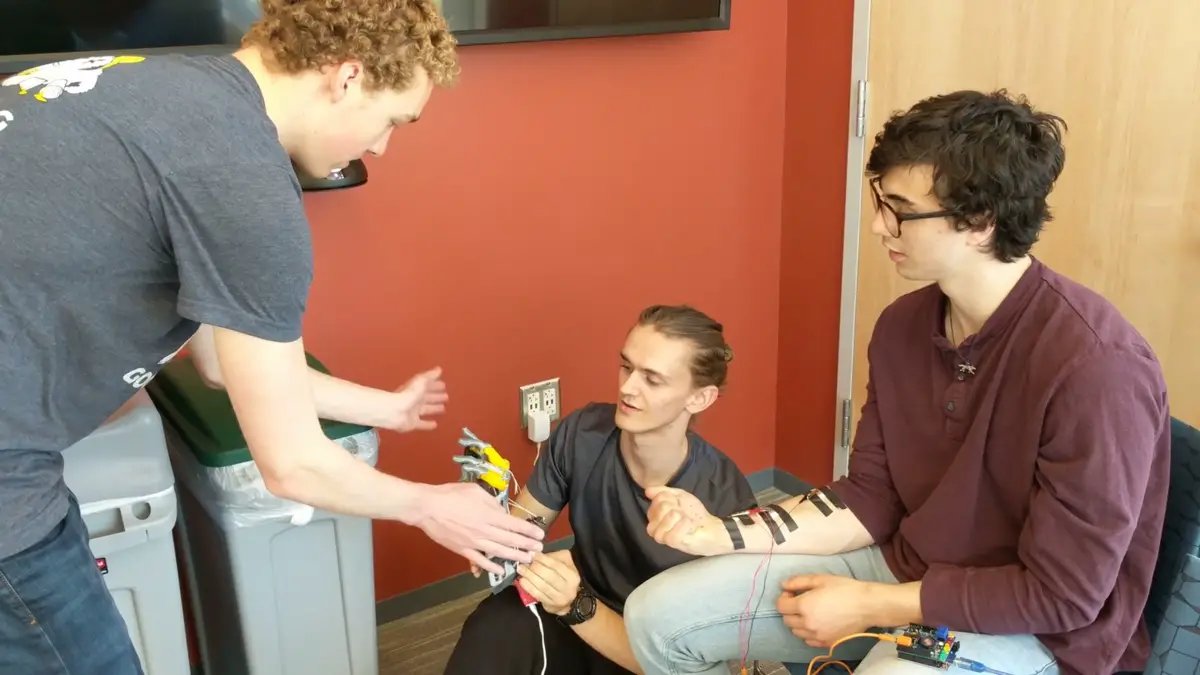There are cultural imageries used that only those familiar with Diné cosmology understand and can relate to.
As discussed with some of my friends @allebasIyehS and @alialane, two Diné womxn, Diné folx are always integrating and evolving with various introductions of thought and...







